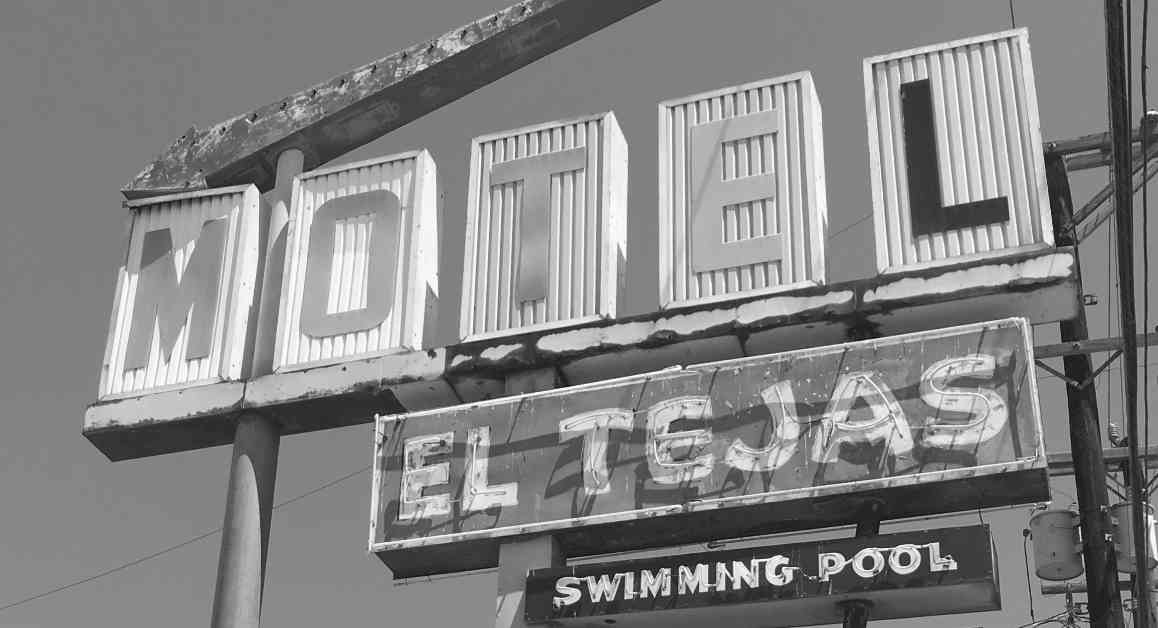Fifty years ago, there was a tragic incident at the Huntsville “Walls” Unit when prisoner Fred Gomez Carrasco and his accomplice, Rudolfo Dominguez, died in a shoot-out during a prison break attempt. This event, which also resulted in the deaths of two prison educators, teacher Yvonne Beseda and librarian Julia Standley, after being held hostage by Carrasco, captured the nation’s attention. Even after all these years, questions about how Carrasco managed to smuggle guns and ammunition into the prison and the final shoot-out remain unanswered. It is essential to review the events of the siege to learn from them and move forward.
Carrasco was a notorious criminal known for running an international heroin smuggling operation and being connected to numerous murders in the United States and Mexico. He evaded capture for months and became somewhat of a folk hero in certain circles. His eventual capture at the El Tejas Motel in San Antonio was dramatic and reminiscent of a Western movie, with Carrasco playing the role of the Mexican outlaw and a cop named “Big Bill” Weilbacher as the lawman.
During the siege at the Walls Unit, Carrasco and Weilbacher engaged in a battle that culminated in a final shootout at the El Tejas motel. Despite their flaws, these men represented a historic tension between Anglos and Mexicans in Texas. Carrasco’s capture raised questions about Weilbacher’s conduct as a police officer, prompting concerns about his actions being overlooked for years.
The aftermath of the siege also highlights the need for self-reflection within the Chicano community, as many supported Carrasco despite his involvement in drug trafficking that devastated families and communities. The impact of Carrasco’s heroin business on addiction and violence cannot be ignored, and it is crucial to acknowledge the role he played in perpetuating these issues.
Governor Dolph Briscoe’s promise of a public inquiry into the prison break incident and related actions by officials never materialized, leaving many questions unanswered. Even today, the issues of race, poverty, addiction, criminal justice, and mass incarceration that surrounded the Carrasco case continue to persist. By confronting the story of Carrasco and the siege, we may gain insights into addressing these ongoing challenges in our society.
As we reflect on the events of 50 years ago, it is evident that the legacy of Fred Gomez Carrasco and the Walls Prison Break still resonates today. The lessons learned from this tragic incident can serve as a reminder of the importance of accountability, transparency, and addressing the root causes of crime and injustice in our communities. Only by acknowledging the past can we work towards a more just and equitable future for all.


